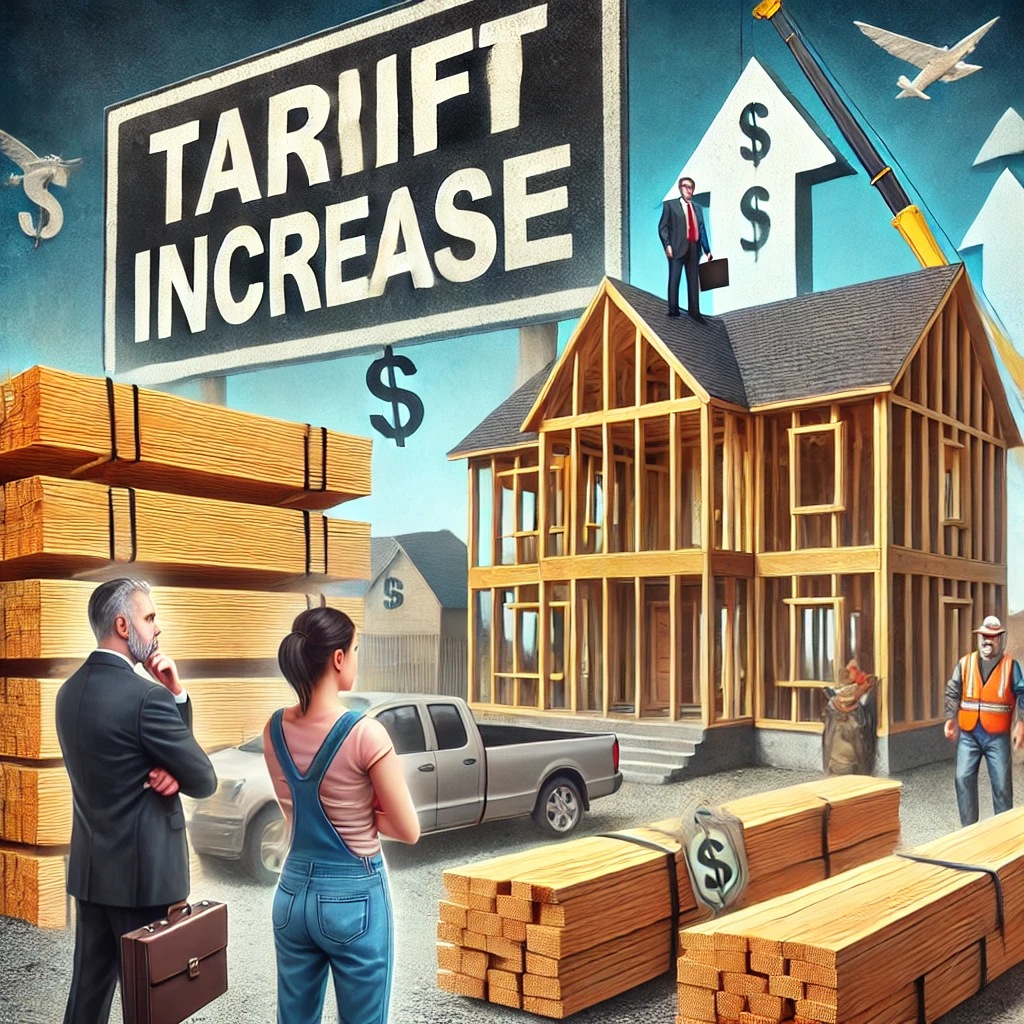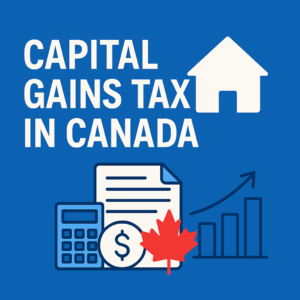The recent implementation of 25% tariffs on imports from Canada and Mexico has sparked concerns across various industries, particularly in the housing sector. These tariffs are expected to drive up construction costs, making housing less affordable and altering market dynamics in North America.
Rising Construction Costs and Housing Affordability
The new tariffs are significantly impacting the cost of essential building materials. A substantial portion of the lumber used in home construction comes from Canada, while drywall and other materials are imported from Mexico. With these increased tariffs, the cost of imported materials is expected to rise by billions of dollars.
These added expenses will inevitably be passed on to consumers, leading to increased home prices and further exacerbating the ongoing affordability crisis. Many builders have already expressed concerns that these costs could slow down new construction projects, ultimately reducing the availability of housing and putting additional pressure on the market.
Effects on the Ontario Housing Market
In Ontario, the housing industry is bracing for significant challenges. With construction costs set to rise, developers may be forced to delay or cancel projects, reducing the supply of new homes. This comes at a time when housing affordability is already a major issue.
The uncertainty created by these tariffs could also lead to a downturn in housing starts, putting jobs in the construction sector at risk. Industry experts warn that if material prices continue to climb, homeownership may become even more out of reach for many buyers.
Wider Economic Impact
The repercussions of these tariffs go beyond the housing market. Other industries, including automotive manufacturing, are also expecting significant cost increases due to disrupted supply chains. Many companies that depend on North American trade networks could face financial losses, highlighting the interconnectedness of these economic policies.
For the real estate sector, this means potential volatility in the market. Higher costs for builders may lead to fewer new developments, while existing home prices could rise as demand outweighs supply. Renters may also feel the impact, as rising construction costs lead to fewer rental properties being built.
Industry Response and Future Outlook
Many industry leaders have voiced strong opposition to the tariffs, arguing that they will worsen the housing affordability crisis. Construction companies and homebuilders are urging policymakers to reconsider these trade measures to avoid further disruption in the market.
As the housing industry navigates these challenges, collaboration between builders, policymakers, and financial institutions will be crucial. Strategies to mitigate the effects of rising material costs will be necessary to ensure that housing remains accessible and that the market remains stable.
Conclusion
The introduction of tariffs on Canadian and Mexican imports is set to reshape the housing industry in significant ways. With rising costs, potential delays in new construction, and increased financial pressure on buyers, the market faces uncertain times ahead. It remains to be seen how builders, policymakers, and consumers will adapt to these changes and what measures will be taken to maintain affordability in the housing sector.

















